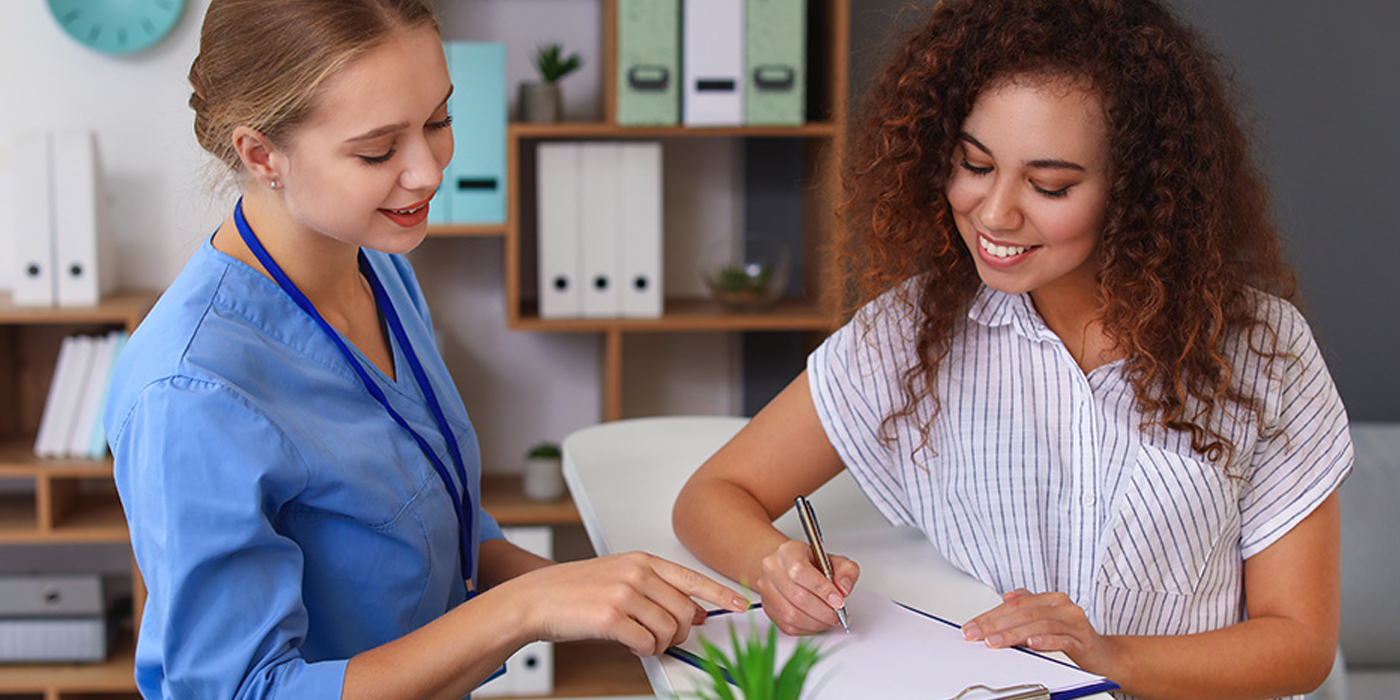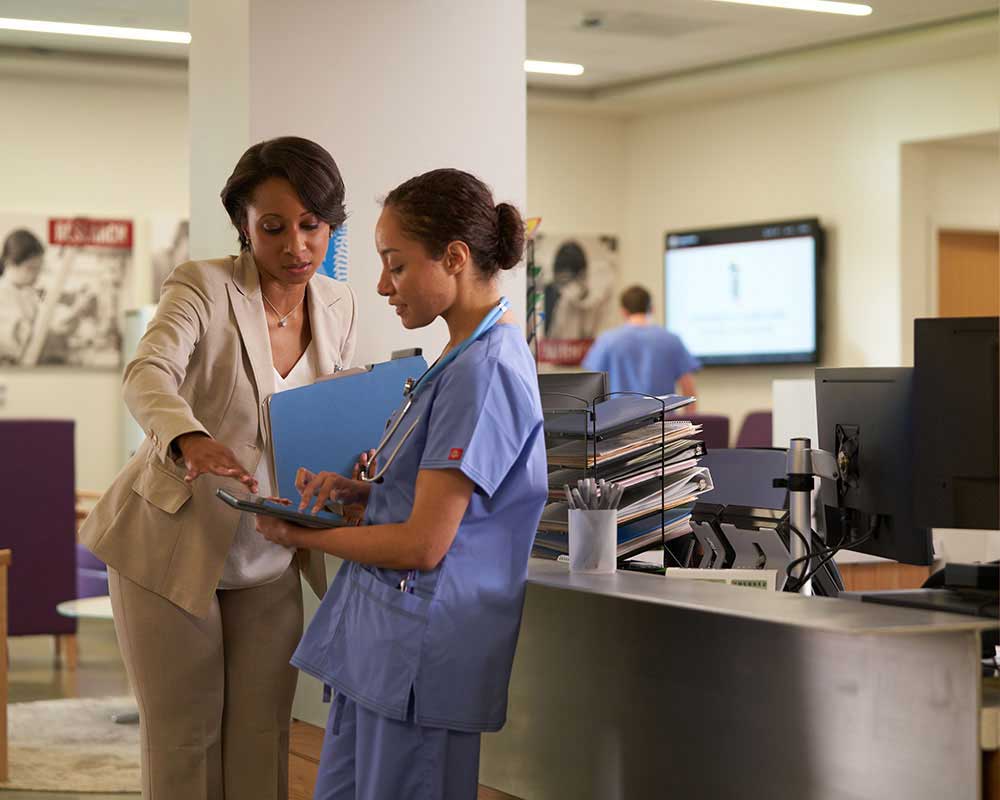Best Practices in Medical Administration for Improving Performance and Reducing Expenses
In the ever-evolving landscape of health care, the search of finest methods in clinical administration is paramount for enhancing performance and suppressing costs. By integrating sophisticated technologies such as digital health and wellness records and telemedicine, doctor can simplify operations and improve individual care. Nonetheless, modern technology alone is not a remedy; optimizing source allowance and fostering joint interaction among treatment groups are similarly critical (medical administration). As companies make every effort to stabilize quality and price, what approaches should be focused on to accomplish these double objectives? The solution to these concerns hold the trick to a much more lasting health care system.
Leveraging Advanced Innovation
In today's rapidly developing medical care landscape, leveraging advanced innovation is no more optional but necessary for effective medical administration. The assimilation of digital options right into healthcare systems has changed the method facilities operate, enhancing procedures and boosting patient care. Electronic Health And Wellness Records (EHRs) are essential, giving comprehensive client data that can be accessed promptly by authorized personnel, therefore minimizing redundancy and decreasing errors. By streamlining individual details, EHRs eliminate the requirement for difficult documentation and facilitate seamless communication amongst doctor.
Telemedicine is one more technological innovation that has actually revolutionized person interaction. It offers comfort for both individuals and healthcare specialists by allowing remote consultations, which can minimize the need for in-person brows through and enhance appointment organizing. Additionally, telehealth systems can prolong healthcare accessibility to rural or underserved locations, linking spaces in care delivery.
Moreover, the use of Expert system (AI) and artificial intelligence is ending up being increasingly common in anticipating analytics, enabling very early discovery of possible health and wellness issues and more educated decision-making. These modern technologies, when incorporated properly, can boost diagnostic precision and customize individual therapy strategies, inevitably bring about boosted medical care results and operational efficiency.
Optimizing Source Allotment
By tactically taking care of resources such as employees, tools, and finances, healthcare centers can significantly boost their functional performance, improve patient end results, and lower unnecessary expenditures. The first action in enhancing resource allowance involves conducting a thorough analysis of present possessions and identifying locations where sources may be underutilized or exhausted.
Prioritizing resource allotment based upon patient needs and service needs is essential. This involves aligning sources with high-demand locations, such as emergency situation treatment or specialized therapies, to ensure prompt and effective patient treatment. Carrying out flexible staffing versions can additionally enhance labor resources by readjusting workers allotment in response to changing individual volumes. Furthermore, accepting telemedicine and various other technical services can alleviate physical source constraints by using alternative methods for patient-provider communications.
Financial sources should be meticulously kept an eye on and allocated with calculated insight to support both short-term operational needs and lasting institutional goals. This consists of investing in training programs that improve personnel expertises and embracing energy-efficient practices that decrease functional expenses (medical administration). Eventually, an optimized resource allotment method fosters a lasting medical care environment that is responsive, effective, and financially prudent
Streamlining Process Procedures
When medical care facilities goal to improve functional performance, simplifying workflow processes becomes a critical focus. Efficient operations decrease redundancy, remove unneeded actions, and improve control among health care professionals. This approach not just increases solution shipment however likewise enhances the quality of person treatment.

Next, innovation integration plays a considerable function in improving process. Applying electronic health documents (EHRs) and digital medical professional order entry (CPOE) systems lowers paperwork, lessens human error, and ensures info comes to all appropriate personnel. In addition, leveraging telemedicine platforms can enhance individual examinations and follow-ups, lowering the pressure on physical framework.

Eventually, structured operations lead to cost reductions and improved client satisfaction, cultivating a more sustainable health care atmosphere.
Enhancing Data Administration
Structure upon structured process, maximizing information administration ends up being an important element in progressing health care management. Effective information administration systems are vital for keeping exact patient records, boosting decision-making, and guaranteeing compliance with regulative standards. By implementing robust information administration services, healthcare centers can improve the quality of patient care while simultaneously minimizing operational prices.
One key facet of improving data monitoring is the integration of innovative electronic wellness record (EHR) systems. These systems promote the seamless exchange of patient info across various departments, minimizing duplication of tests and decreasing errors. A properly designed EHR system supports information analytics, allowing healthcare companies to identify fads and make notified decisions concerning person care.
Moreover, guarding individual data is extremely important. Embracing comprehensive cybersecurity measures, consisting of file encryption and routine audits, guarantees the integrity and discretion of sensitive information. This not just safeguards individuals however additionally maintains the establishment's online reputation.
Investing in personnel training is an additional critical aspect. Educating health care professionals on information management practices enhances their capability to successfully utilize innovation, causing boosted client results. In verdict, enhancing information management through sophisticated modern technology and comprehensive training is essential for attaining efficiency and cost reduction in medical management.
Fostering Collaborative Communication
A critical element in progressing clinical management is fostering collaborative communication among medical care professionals. Effective communication is critical for making certain seamless person care, enhancing therapy outcomes, and minimizing mistakes. By urging open dialogue and coordination across multidisciplinary teams, medical care companies can improve their functional performance and minimize unneeded costs.
Central to this technique is the integration of communication innovations such as you could look here digital health documents (EHRs) and protected messaging systems, which assist in the rapid exchange of vital patient info. These devices make it possible for healthcare companies to accessibility and share data in actual time, making sure that all staff member are notified and straightened in their decision-making procedures. Furthermore, regular team conferences and interdisciplinary rounds can better advertise a society of collaboration and liability.
Educating programs focused on boosting interaction skills are additionally important. These programs can aid team create the capacity to share info clearly and listen proactively, hence decreasing misunderstandings and promoting a supportive workplace. On top of that, adopting standard communication procedures, his explanation such as SBAR (Situation, History, Assessment, Recommendation), can simplify the exchange of info, ensuring that important information are conveyed succinctly and efficiently. Inevitably, fostering collective interaction causes boosted healthcare shipment and expense financial savings (medical administration).

Conclusion
Integrating sophisticated technology, such as electronic health and wellness documents and telemedicine, together with maximized resource allowance and streamlined operations procedures, is vital for improving effectiveness in medical administration. Reliable information monitoring and fostering collective communication amongst healthcare groups are essential for minimizing redundancies and boosting treatment quality. By focusing on precautionary care and taking part in top quality enhancement efforts, medical care organizations can accomplish considerable expense financial savings and enhanced individual results, consequently making sure click over here now sustainable healthcare distribution in an increasingly intricate environment.
Comments on “Why Medical Administration is Crucial for Smooth Medical Care Procedures”